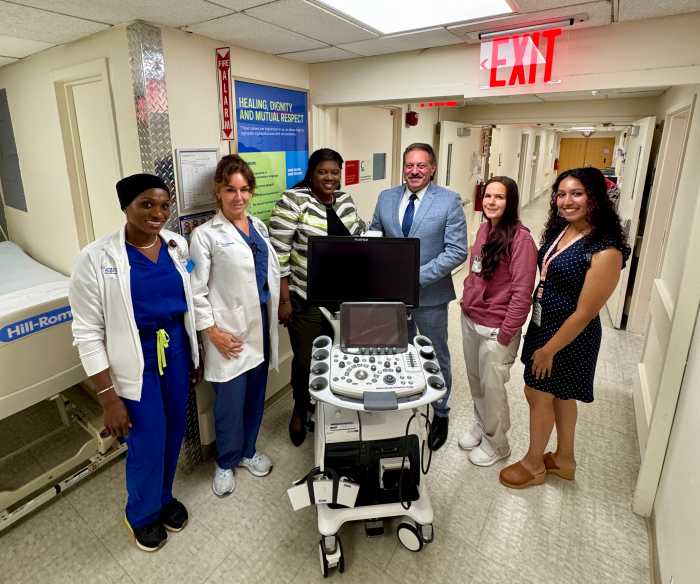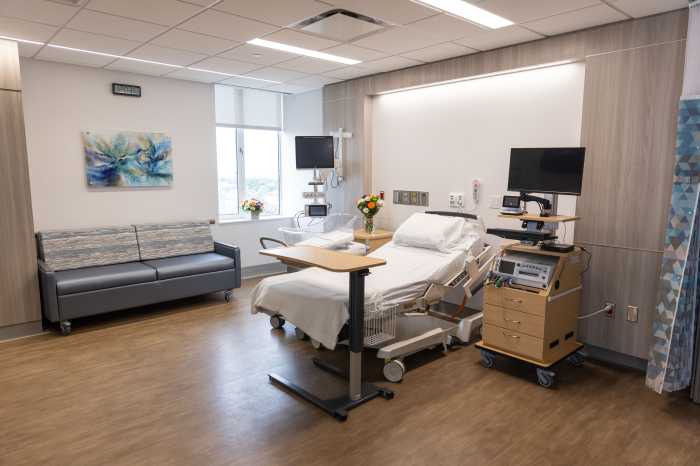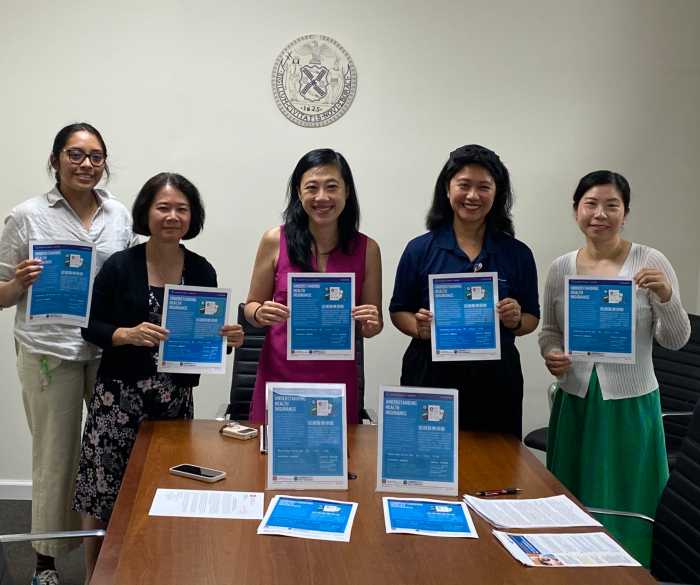Dear Savvy Senior,
What can you tell me about acupuncture? I have osteoarthritis and am looking for an alternative solution to ease my joint pain.
- Aching Annie
Dear Annie,
According to the National Center for Complementary and Alternative Medicine, acupuncture is a viable way to fight arthritis pain, and can help with a variety of other health conditions too. Here’s what you should know.
First used in China more than 2,000 years ago, acupuncture was introduced in the United States in the early 1970s and has grown increasingly popular as more and more patients, dissatisfied with traditional medicine, are opting for it.
Who It Helps
While acupuncture isn’t a cure-all treatment, it is a safe, drug-free option for relieving many different types of pain including osteoarthritis, low back pain, neck pain, migraine headaches, fibromyalgia, postoperative pain, tennis elbow, carpal tunnel syndrome, dental pain, menstrual cramps and more. Studies also show that it can be helpful in treating asthma, depression, digestive disorders and addictions, and can even alleviate nausea caused by chemotherapy or anesthesia.
How It Works
Exactly how or why acupuncture works is still not fully understood, but it’s based on the traditional Eastern theory that vital energy flows through pathways in the body, and when any of these pathways get blocked, pain and illness result. Acupuncture unblocks the pathways to restore health.
However, today most U.S. medical doctors tend to believe that acupuncture works because it stimulates the nerves causing the release of endorphins, which are the body’s natural painkiller hormones.
What to Know
If the thought of getting needles stuck into your body makes you a little queasy, you will be happy to know that an acupuncture treatment is nothing like getting a shot. In fact, it’s quite relaxing. Here are some important points to know.
The needles: They are solid, sterile and disposable (used only once), and as thin as a cat’s whisker.
Does it hurt? You may feel a brief, sharp sensation when the needle is inserted, but generally it’s not painful. Once the needle is in place, however, you may feel a tingling sensation, numbness, mild pressure or warmth.
Sticking points: The number of needles used for each treatment can vary anywhere from a few, up to a dozen or more. In addition, where the needles are actually stuck depends on the condition being treated, but they are typically inserted about one-quarter to 1-inch deep, and are left in place for about 20 minutes. After placement, the needles are sometimes twirled or manipulated, or stimulated with electricity or heat.
Treatments: How many treatments you’ll need will depend on the severity of your condition - 12 treatments (done weekly or biweekly) is very common. It’s also important to know that acupuncture can be used in conjunction with other conventional medical treatments, or by itself.
Cost and coverage: The cost per treatment can run anywhere from $50 to $125. Many private health plans cover acupuncture (be sure you check your plan), unfortunately Medicare does not.
Finding a Practitioner
To find an acupuncturist in your area you can ask your doctor for a referral, or you can do a search online at credible sites like the National Certification Commission for Acupuncture and Oriental Medicine (www.nccaom.org), and www.acufinder.com (or call 760-630-3600) which is associated with the American Association of Acupuncture & Oriental Medicine. Both sites provide a national database of certified and/or licensed practitioners. Or visit the American Academy of Medical Acupuncturists (www.medicalacupuncture.org) which offers a directory of MDs who are certified to practice acupuncture.
Send your senior questions to Savvy Senior, P.O. Box 5443, Norman, OK 73070, or visit www.savvysenior.org. Jim Miller is a contributor to the NBC Today show and author of “The Savvy Senior” book.


































